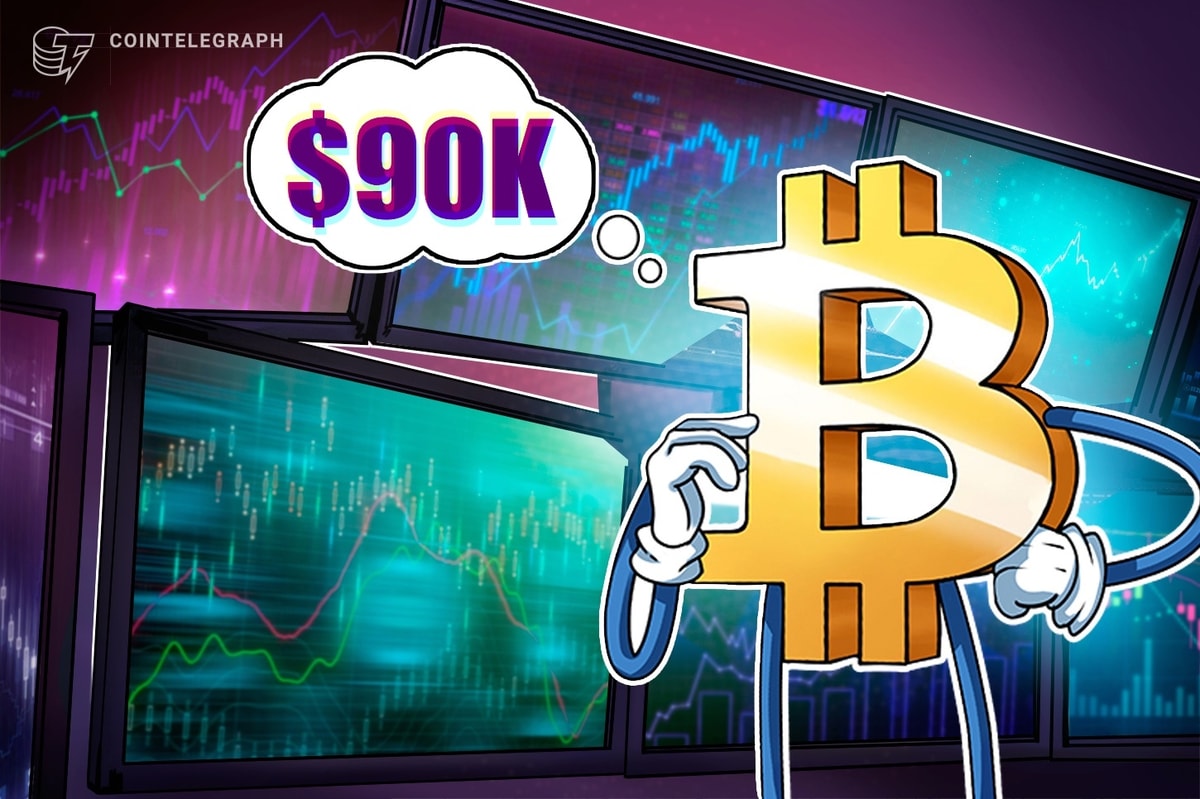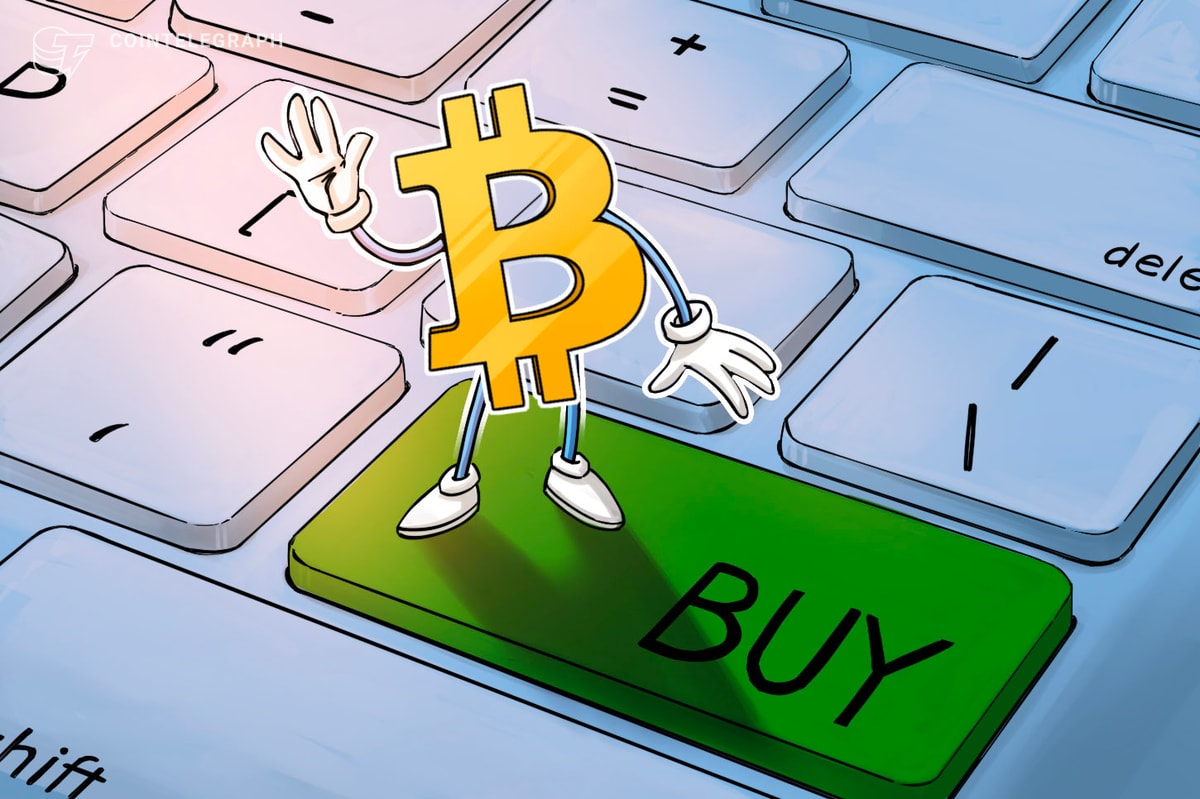Sights set on mainstream adoption: Is another DeFi summer on the way?
6 min readOver the last year, decentralized finance has been the hottest topic of discussion in the crypto world, pushing the entire industry to new heights, developing innovative applications for the technology, and making financial services more accessible.
It intends to place economic infrastructure back in the hands of the people, and just like how TCP/IP facilitated the growth of so many enterprises on the internet, decentralized finance is bringing business onto the blockchain.
Last year, the introduction of automated market makers gave DeFi a much-needed boost. The total value locked into decentralized finance platforms sat at around $1.2 billion in June 2020 — a metric that had grown nearly a hundredfold by May 2021.
Liquidity mining fuelled the sudden surge in DeFi usage around the world last year, giving people access to additional tokens beyond the standard interest rewards. The game-changer, however, was how these platforms allowed users to farm their respective tokens to partake in its governance systems.
Though 2020 was a fine year for DeFi by the numbers, the true extent of the chaos that ensued last summer is known only to people who were there to see it. However, the DeFi space has made considerable advancements since then, tackling all kinds of problems from technical limitations to better incentive models.
Amid collapsing national economies, a global pandemic and Bitcoin wrestling to push past the $10,000 mark, DeFi certainly made history last year — but will history repeat itself? Can the DeFi sector master up another parabolic surge one year after breaking into the mainstream not just for crypto users but into the global financial sector?
500 days of summer?
The biggest competitor to the decentralized finance industry is the very financial ecosystem that is in place today. Traditional, centralized finance has existed for centuries, having evolved across years of trial, error and modifications. While it’s a flawed system as far as Bitcoin is concerned, it’s not only better integrated into modern society than any blockchain-based service today but it’s also the most popular way people put their money to work.
DeFi allows for everything centralized finance offers and more, but there are still many challenges it needs to overcome. For one, most decentralized applications run on the Ethereum network, where network congestion has pushed gas fees to near-unaffordable levels. DeFi could potentially cater to millions, if not billions, of users, yet today, fewer than 350,000 wallets interact with Ethereum daily.
Decentralized finance may not be ready for mainstream adoption just yet, but it certainly has traditional financial services struggling to compete. However, some believe DeFi isn’t competing with them at all. Sergej Kunz, co-founder of the 1inch Network DeFi platform, told Cointelegraph:
“I’m pretty sure that DeFi should not be considered to be a rival for traditional financial services. DeFi is just a logical continuation of fintech development. I see banks and fintech companies becoming convenient gateways to the new financial world of DeFi.”
Though the blockchain space mainly comprises developers, enthusiasts and retail investors, decentralized finance is slowly bringing much bigger players to the game. Institutional investors want a piece of the cryptocurrency pie, and DeFi is turning out to be a popular flavor.
Most DeFi lending platforms advertise yield interest rates of between 8% and 70%, but with how quickly the ecosystem is growing, these astronomical rates might not be around for too much longer. It is likely that the more investors start making use of the product, the lower the interest rates may fall.
Though at present, Ethereum hoards most of the attention DeFi brings, and other projects aren’t waiting around for its congestion problem to be solved. Blockchain interoperability is gradually becoming a reality, eradicating the siloed decentralized ecosystems of today, bringing more composability to the space, and enabling better allocation of development resources. In fact, Bette Chen, co-founder of the Acala Network on Polkadot, told Cointelegraph: “From a technological perspective, multi-chain is inevitable.”
The Substrate-based Polkadot platform has enabled decentralized applications to interact with applications on other distributed networks and continues to attract projects with its significantly more accessible development ecosystem. “Metaprotocols like Polkadot will be instrumental in the development and proliferation of the decentralized web, which will then empower high throughput, forkless upgradable chains and DeFi applications,” she added.
Another significant hurdle for DeFi is regulatory clarity. Most active cryptocurrency markets have been slapped with stringent Know Your Customer and Anti-Money Laundering policies, and while this is an excellent step forward on blockchain technology’s journey to mainstream adoption, regulatory uncertainty in DeFi could impede its advancement in the short term.
DeFi isn’t going to become a fully regulated space overnight, and perhaps it never will be since it may take effort on an industrial scale to create, update and maintain a robust regulatory framework for decentralized finance, but with a $70-billion market at stake, there’s a lot of incentive to do so.
In 2020 alone, DeFi’s total value locked metric grew by an impressive 2,000%, and similar growth this year would peg DeFi as a $300-billion ecosystem by December. Today, the TVL figure is almost a third of the way there, and while it might be challenging for the space to undergo such exponential growth again this season, it’s not entirely impossible. Since $300 billion is less than a sixth of the current total cryptocurrency market capitalization, it could be argued that DeFi is certainly more important to blockchain than that fraction.
Though TVL isn’t exactly a comparable metric to market capitalization, DeFi is on its way to becoming a much more mature arena. With major players like Nexus Mutual and CDx making moves in the DeFi insurance space, tech giants Facebook and PayPal entering the realm of blockchain, and expert developers continually producing groundbreaking applications, growth on a similar scale to last year isn’t entirely out of the question.
DeFi-ing expectations
DeFi has experienced unprecedented growth in the last couple of years, driving a more participating economy and accelerating the modern digital revolution. The challenges it has to overcome are by no means undemanding. From rudimentary interoperability features and capital inefficiency to low liquidity and unintuitive interfaces, DeFi has its work cut out for it in the years to come.
Blockchain technology is already incredibly complex, and adding the technical complications of DeFi platforms to the mix could be the biggest obstacle in its way. It is still hard to figure out how to use all the products on offer, but at the very least, there is only one way things can go from here — develop.
The average investor isn’t going to know how MetaMask works or how to use it, and until the industry begins producing more convenient, intuitive ways to interact with the ecosystem, mainstream adoption will remain out of reach. Though Ethereum 2.0 is expected to merge the chains later this year, or at the start of 2022, to create a more scalable version of the network with sharding, people are already finding ways around the problem.
Related: DeFi bucks crypto market correction as Uniswap v3 leads the charge
Zhivko Todorov, DeFi ecosystem lead at LimeChain — a company that provides innovative distributed ledger technology solutions for enterprises and startups — told Cointelegraph, “High gas fees are a barrier to entry for retail users. However, we’re at a pivotal point where layer-two solutions are launching and picking up traction, which would drastically lower gas fees.” However, congestion on Ethereum isn’t just increasing the network’s gas fees; it’s alienating a significant chunk of traders.
“Blockchain’s throughput is hindering the influx of HFT [high frequency traders] traders to this sector,” said Grigory Rybalchenko, co-founder and CEO of EmiSwap exchange, in a conversation with Cointelegraph, adding, “High-frequency traders account for the most volume on traditional centralized exchanges, and high fees are unlikely to push them to migrate to DEXs anytime soon.”
The total market capitalization of digital assets briefly crossed the $2-trillion mark this year. However, the crypto market is still tiny compared to the global stock market, which currently represents around $80 trillion worldwide. That being said, decentralized finance has accomplished so much in the space of just a few years, and as long as this pace of innovation continues, there could well be another DeFi summer as projects may start to capitalize on all the hard work done over the past year.







